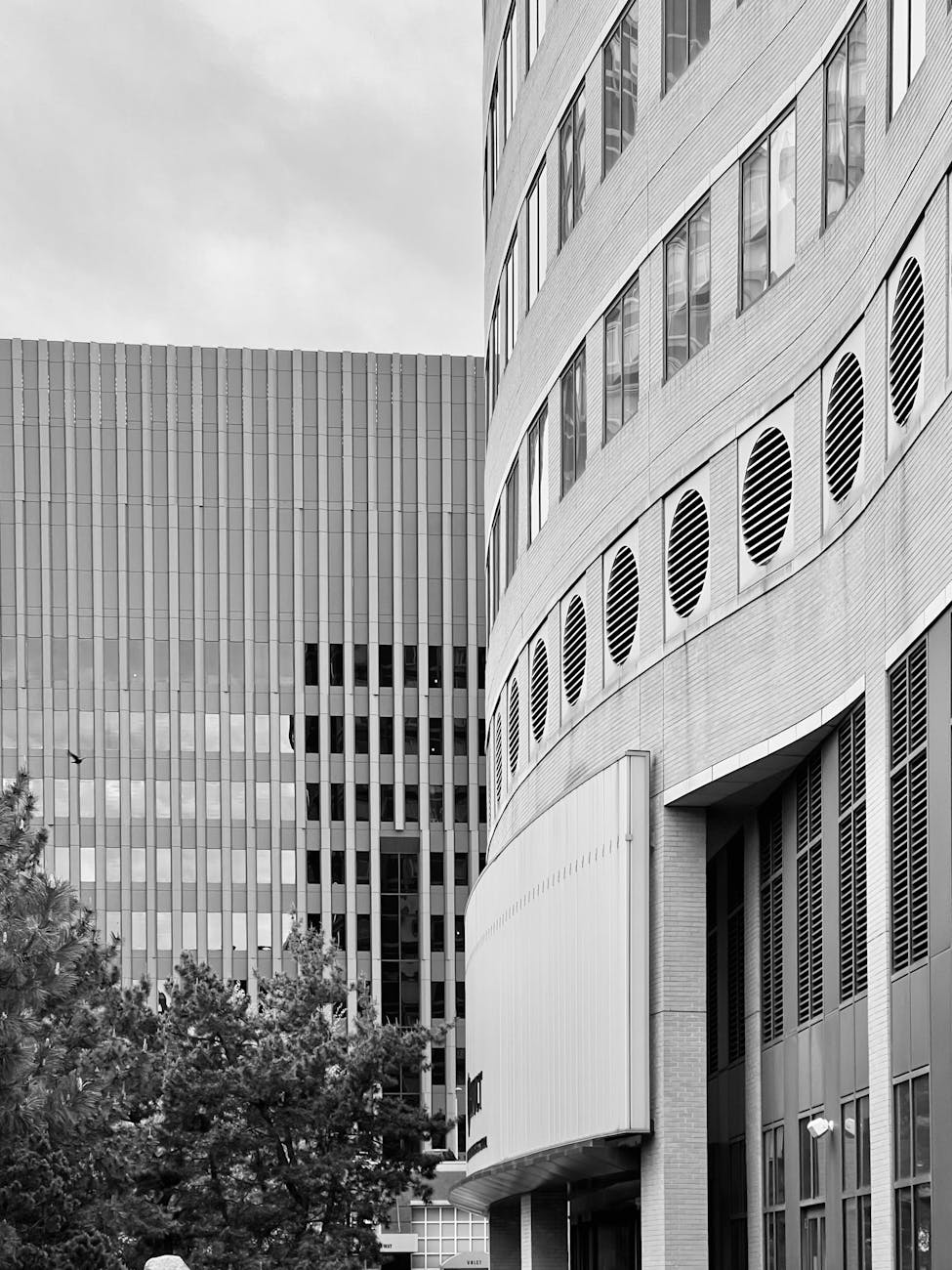The Complete Guide to Commercial Real Estate Leasing Trends
The complete guide to commercial real estate leasing trends
Commercial real estate leasing has undergone significant shifts influenced by evolving market demands, technological advances, and economic factors. Whether you are a landlord, tenant, or investor, understanding these trends is essential to make informed decisions in a competitive landscape. This guide explores the latest leasing patterns, tenant preferences, and emerging lease structures shaping the commercial real estate market today. From the impact of flexible office space to the increasing role of sustainability, these trends offer insights into how spaces are being leased and used. By examining these developments, you can better navigate negotiations, optimize property use, and forecast future market movements.
Changing tenant preferences and flexible leasing options
One of the most prominent shifts in commercial real estate leasing is the rise of tenant-centric approaches, especially the demand for flexibility. Tenants are increasingly seeking shorter lease terms with options to scale up or downsize as their business needs change. This trend is partly driven by the rise of startups, remote work, and hybrid office environments, where long-term commitments can impose financial risk.
Flexible leasing models, such as coworking spaces, plug-and-play offices, and convertible spaces, have gained popularity. Landlords now offer more adaptable lease agreements including shorter terms, break clauses, and customizable spaces. This flexibility enhances tenant appeal and helps property owners maintain occupancy rates amid uncertain economic conditions.
The impact of technology on leasing and space management
Technology is transforming how commercial spaces are leased and managed. Digital leasing platforms allow for seamless lease negotiations, virtual property tours, and streamlined documentation. Tenant experience apps improve communication between landlords and tenants, enabling real-time maintenance requests and community engagement.
Moreover, smart building technologies—incorporating IoT sensors, automated lighting, and HVAC systems—have become key selling points. They offer energy efficiency and enhanced occupant comfort, aligning with growing tenant expectations for sustainability and innovation.
The integration of technology not only attracts modern tenants but also optimizes operational costs for landlords, creating a more dynamic leasing environment.
Sustainability and its growing influence on leasing decisions
Environmental consciousness is reshaping commercial real estate leasing. Tenants, especially large corporations, prioritize buildings with green certifications such as LEED or BREEAM. Energy-efficient buildings help companies meet their sustainability goals and often reduce operating costs.
Sustainability-related amenities and design elements include:
- Energy-efficient lighting and HVAC systems
- Use of recycled or low-impact construction materials
- Enhanced indoor air quality and natural lighting
- Waste reduction and water-saving systems
As such, landlords investing in green upgrades may command higher rents and longer lease terms. Sustainability is no longer a niche aspect but a fundamental factor influencing tenant decisions and lease negotiations.
Trends in lease structures and market data
Lease structures are evolving to better fit market conditions and risk-sharing between landlords and tenants. Traditional net leases are being complemented or replaced by more hybrid approaches, such as modified gross leases, which balance predictable costs with flexibility.
Below is a table summarizing recent trends in lease types and tenant preferences:
| Lease type | Trend | Tenant preference | Typical lease term |
|---|---|---|---|
| Net lease (Triple net) | Stable but declining in popularity | Long-term, creditworthy tenants | 5-10 years |
| Modified gross lease | Increasing use to share costs | Medium-term tenants seeking cost predictability | 3-7 years |
| Flexible lease (coworking, short-term) | Rapid growth | Startups, remote workers, small businesses | 1 month to 1 year |
By understanding these structures and the preferences they cater to, stakeholders can better negotiate terms that align with operational needs and market conditions.
Conclusion: navigating the evolving landscape of commercial leasing
The commercial real estate leasing sector is experiencing profound transformation driven by flexibility, technology, and sustainability. As tenant priorities shift toward adaptable spaces and environmentally conscious buildings, landlords must innovate their offerings to remain competitive. Technological advancements improve lease management and tenant satisfaction, while sustainability initiatives increasingly influence lease terms and property values. Lease structures are adapting to balance predictability with flexibility, catering to a diverse tenant base from startups to established corporations.
Staying up to date with these leasing trends allows all parties to create more resilient, attractive leasing arrangements. Whether negotiating new leases or managing existing portfolios, a thorough understanding of these evolving dynamics is essential to success in today’s commercial real estate market.
Image by: Teju
https://www.pexels.com/@teju-215592370
editor's pick
latest video
news via inbox
Nulla turp dis cursus. Integer liberos euismod pretium faucibua


